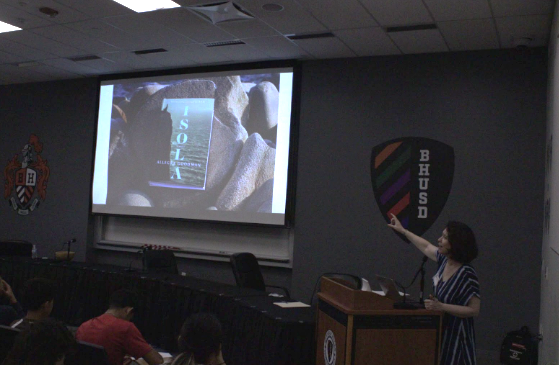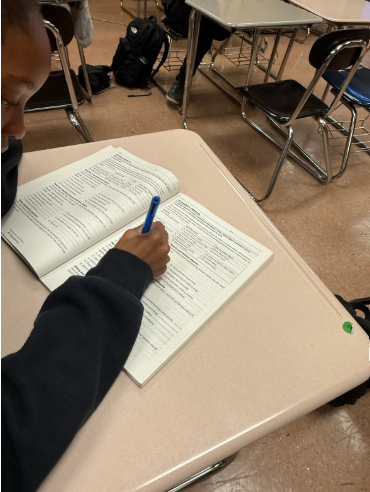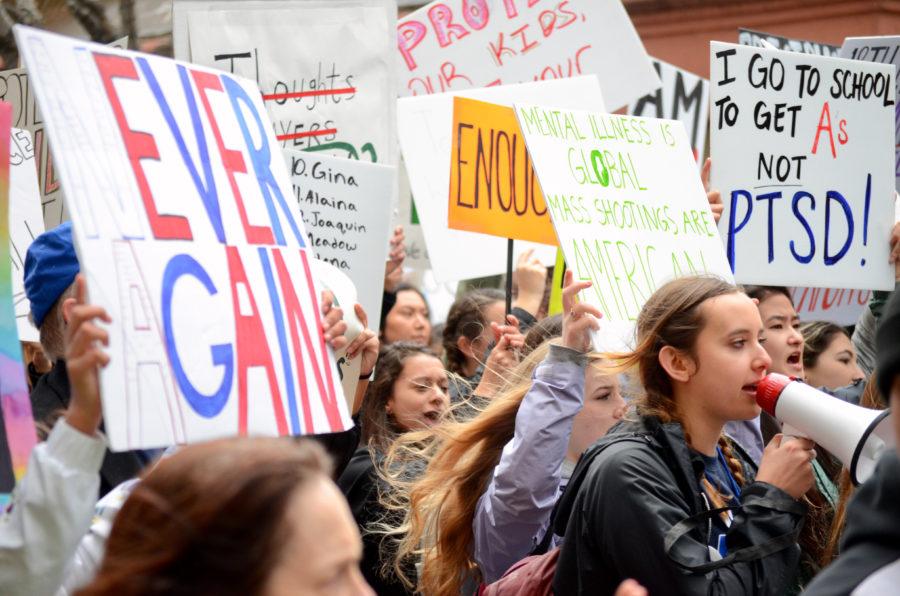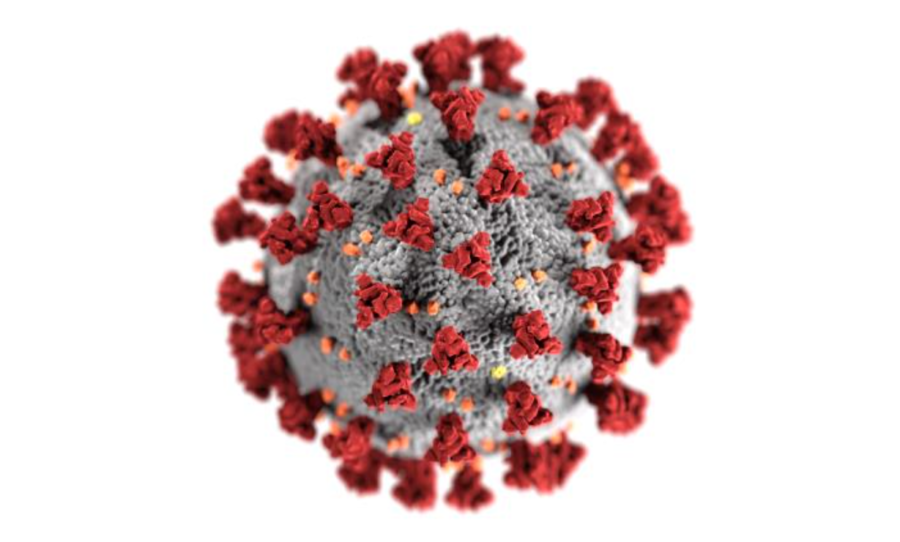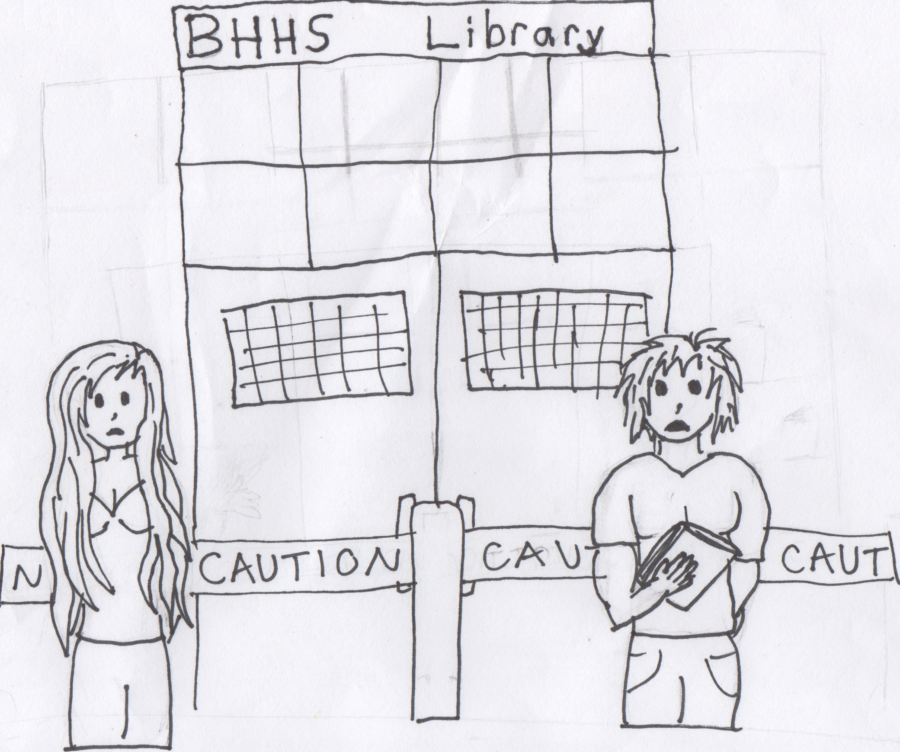
The clock strikes nine, and a student finishes her last math problem and puts away her homework for the night. Even though her schoolwork is done, she is constantly working on other things: family issues, social problems and anxiety, to name a few. Although school operates from 8 a.m. to 3 p.m., students’ work to maintain stability and health during their teenage years is a full-time job.
The factors teenagers must grapple with throughout adolescence, which range from insecurities to maturation, can take a toll on their well-being and mental health: a state of well-being in which an individual can cope with life’s challenges, work productively and contribute to his or her community. According to the Mailman School of Public Health at Columbia University, one in 10 youths have mental health problems that impair how they function at school, at home or in their community.
However, mental health is not to be confused with mental illness, which is defined as all diagnosable mental disorders, or health conditions that affect thinking, mood and behavior. Mental health does not include mental illness, but mental illness can be due to poor mental health.
“Only a small portion of the world has a mind which is in optimal mental health,” Intervention Counselor Ali Norman-Franks said. “But the primary difference between mental health and mental illness is that the illness has to be diagnosed.”
One’s mental health is directly linked to one’s stress level, according to an August 2012 “Stress in America” survey from the American Psychological Association. Thirty-nine percent of millennials have suffered an increased amount of stress from that of the past year, and more millennials are reported to be diagnosed with anxiety and depression than older generations.
“We all have stress, and certainly teenagers are under so much pressure,” psychologist Gene Michelman said. “School is insane as far as looking past high school and getting into college. There’s also the economy. You hear about kids coming out of college and how there are no jobs. [Teens] are really under a tremendous challenge.”
Science Dept. Chair Sue Yovetich believes that the current educational system is flawed in that it has failed to decrease students’ stress levels.
“I see students not achieving because they have too many balls in the air,” Yovetich said. “We’ve shifted away from quality to quantity. People think we offer all of these courses because we expect you to take all of them. We’ve gone on this race to nowhere. We need to do a better job of educating people on what we’re trying to achieve.”
Like Yovetich, certain Beverly students express frustration with the ways in which schools operate.
“I think that the school environment adds stress because of the competitiveness and knowing you aren’t one of the smartest people in the class,” freshman Melissa Roberts said. “I think if the teachers took longer to do things and didn’t rush tests and quizzes, then people’s stress [about] getting work done in a short amount of time [would be less].”
On the other hand, some students feel that school can serve as both a stressor and a stress reliever.
“Sometimes school can be really stressful, like when teachers all give tests on the same day or during AP testing,” senior Cleo Egnal said. “But sometimes it can be nice just to be around friends and feel like you’re really learning something.”
However, some of students’ stresses about education are due to college matters, rather than high school ones.
“The whole application process is so stressful and just getting into college is hard enough,” a senior who wished to remain anonymous said. “Working so hard and just getting shot down one school after another really takes a toll on you.”
However, an overwhelming amount of stress is not the sole factor of the decreasing quality of mental health among teens.
According to The New York Times, instances of emotional, verbal, physical and cyber bullying can stunt the social development of adolescents, as well as make them more likely to fall into depression.
“Thankfully, bullying is not a huge problem at our school,” Norman-Franks said. “However, we do get instances in which kids are being picked on or bullied, and it’s easy to note that these cases of harassment are taking mental tolls on the victims.”
According to bullyingstatistics.org, bullying frequently results in depression, which can eventually lead to other problems.
“Students being bullied do have a tendency of developing anxiety, low self-esteem and self-confidence levels and even, in some cases, physical illnesses,” Norman-Franks said.
Teen Line, a telephone helpline for teenagers, receives over 10,000 calls each year.
According to Teen Line member Justin Kim, a junior, teens call about problems such as depression and suicidal thoughts which are often due to severe instances of bullying.
“We get a lot of calls from distressed teens who are unsatisfied and unhappy with their lives,” Kim said. “A large reason a majority of the callers feel so unhappy and void of positive emotion is because they were forced to think less of themselves because of bullying. This causes many teens to develop mental health problems, which heavily affects their later lives.”
Though most teens have a hard time in dealing with situations in which their stress levels increase, whether it be from homework or bullying, Michelman believes that people of all ages must deal with stressful situations; however, the level of impact that difficult situations can have on one’s mental health is up to the individual.
“No one walks through life without coming into stressful situations and all sorts of things that we don’t have control over,” Michelman said. “What we do have control over is how we react to those situations. So we try to provide students with as many tools for their box in order to cope with and deal with bad things that happen.”
To help students grapple with a variety of stressors, Beverly offers services such as the Norman Aid Center, the peer mentoring program, Link Crew and Normanonymous. Beverly also has close ties with the Maple Counseling Center and can provide students with referrals for outside therapy.
“The Norman Aid Center was really helpful for me my freshman and sophomore years when I needed someone outside of my friends and family to talk to, and I would definitely refer [it to] anyone who felt like they needed a person to confide in,” a senior who wished to remain anonymous said. “The anonymity of it is great. The best part about it is that the counselors are really professional and easy to talk to.”
Though seeking help from the counselors stationed at the Norman Aid Center can help students who simply need someone to talk to, students that are grappling with extreme forms of bullying, stress or any other issue that can dramatically decrease the quality of a teen’s mental health should consider contacting a private professional.
“If stress or anxiety is hurting your daily life, or if you are preoccupied and it’s hard to concentrate, then that would be a red flag that it would be good to get help,” Michelman said. “But any time is a good time to seek support. A huge thing is for kids to know that there really is help out there, that there are people they can trust and that there is always a way to get through the worst time.”
Categories:
Mental health problems plague teenagers, affect well-being, stability
May 24, 2013
0
Donate to Highlights
$125
$1000
Contributed
Our Goal
Your donation will support the student journalists of Beverly Hills High School. Your contribution will allow us to purchase equipment and cover our annual website hosting costs.
More to Discover
















